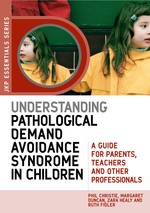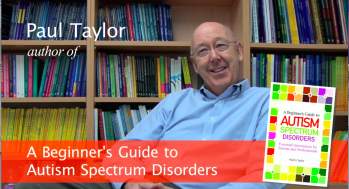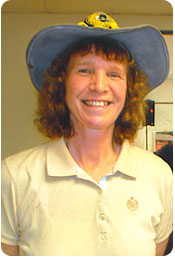Incorporating Music into Speech and Language Therapy for Kids with Autism Spectrum Disorders – An Interview with Dr. Hayoung Lim
“Children with ASD appear to have intact pattern perception and production ability. They also tend to follow the Gestalt style of language acquisition which is based on the pattern perception. In parallel, all of the musical behaviors require pattern perception and production; and these abilities are commonly found in children with ASD. It follows that patterns in music can facilitate the Gestalt style of language acquisition and the consequent speech- language development in children with ASD.”









